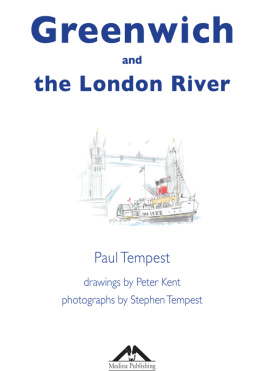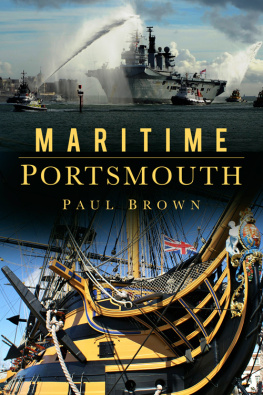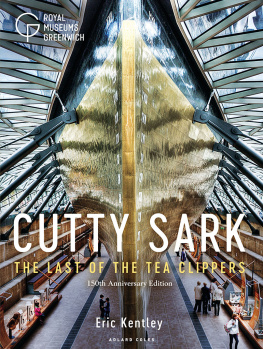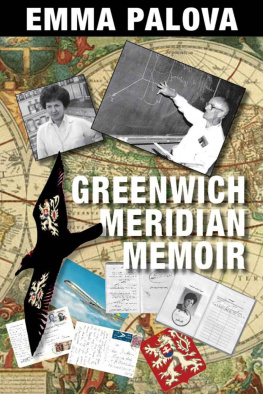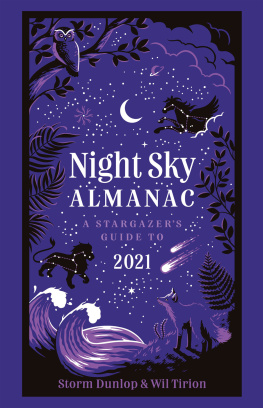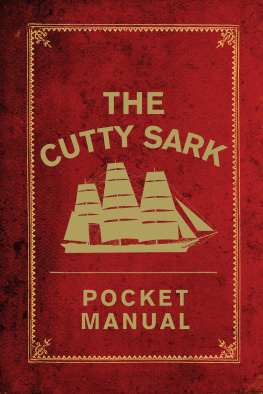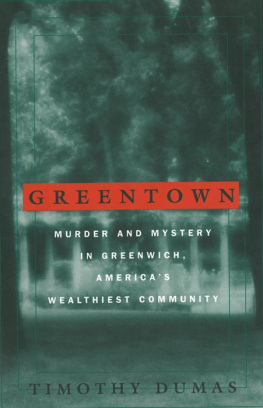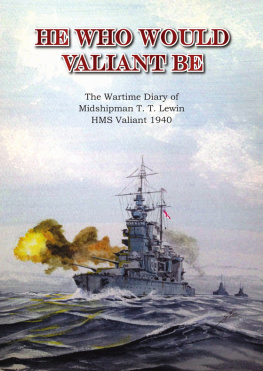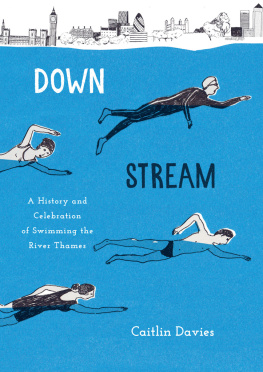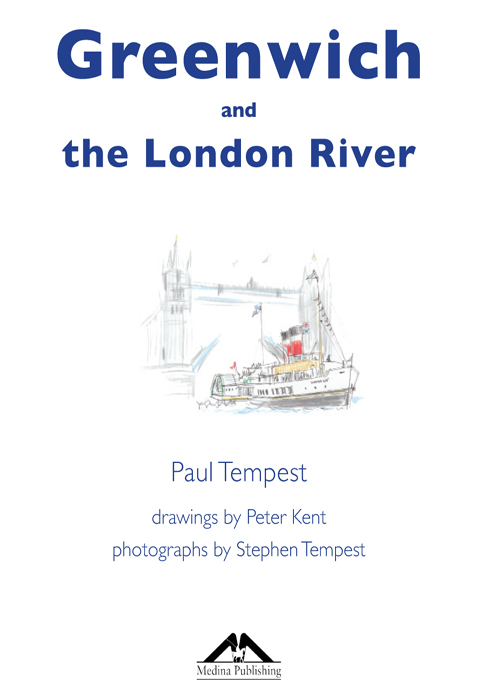Greenwich and the London River
Medina Publishing Ltd
83 Ewell Road
Surbiton
Surrey KT6 6AH
www.medinapublishing.com
Paul Tempest 2012 (text)
Peter Kent 2012 (drawings)
Stephen Tempest 2012 (photographs)
All contributors retain individual copyright
IBSN: 978-0-9567081-9-9
1 3 5 7 9 0 8 6 4 2
Drawings by Peter Kent
Photographs by Stephen Tempest
Cartoons by Clare Tempest; sailing memories by Susie Tempest
Designed by Sam Elverson
Edited by Peter Harrigan
Printed and bound by Short Run Press Ltd, Exeter
CIP Data: A catalogue record for this book is available from the British Library.
All rights reserved. No part of this publication may be reproduced, stored in a retrieval system, or transmitted in any form or by any means electronic, mechanical, photocopying, recording, or otherwise, without the prior permission of the copyright owners.
The publishers have made every effort to establish the copyright of photographs which are not Stephen Tempest and give credit as appropriate.
Road, Rail and River the London Commuters
The Daily Commuters of London Bridge
Boris Johnson
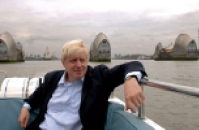
Still they come, surging towards me across the bridge.
On they march in sun, wind rain, snow and sleet. Almost every morning I cycle past them in rank after heaving rank as they emerge from London Bridge station and tramp tramp tramp up and along the broad 239-metre pavement that leads over the river and towards their places of work
Sometimes they are on the phone, or talking to their neighbours, or checking their texts. A few of them may glance at the scene, which is certainly worth a glance: on their left the glistening turrets of the City, on the right the white Norman keep, the guns of HMS Belfast and the mad castellations of Tower Bridge, and beneath them the powerful swirling eddies of the river that seems to be green or brown depending on the time of day. Mainly, however, they have their mouths set and eyes with that blank and inward look of people who have done the bus or the Tube or the overground train and are steeling themselves for the day ahead
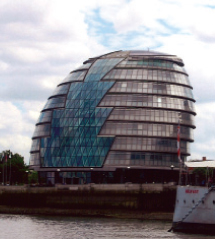
City Hall, on the South Bank close to Tower Bridge and east of HMS Belfast.
By the time I get to cycle home, most of the morning crowds have tramped the other way. Like some gigantic undersea coelenterate, London has completed its spectacularly daily act of respiration sucking in millions of commuters from 7 am to 9 am, and then efficiently expelling them back to the suburbs and Home Counties from 5 pm to 7 pm. But the drift home is more staggered. There are pubs, clubs and bars to be visited and as I watch the crowds of drinkers on the pavements knots of people dissolving and reforming in a slow minuet I can see why the city beats the countryside hands down. Its the sheer range of opportunity
The metropolis is like a vast multinational reactor where Mr Quark and Miss Neutrino are moving the fastest and bumping into each other with the most exciting results. This is not just a question of romance and reproduction. It is about ideas. It is about the cross-pollination that is more likely to take place with a whole superswarm of bees rather than a few isolated hives.
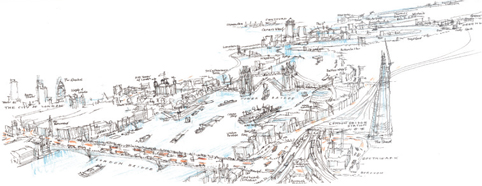
With many thanks to Boris Johnson for his permission to quote these extracts from Johnsons Life of London published by Harper Press in 2011
With that I saw two swans of goodly hue,
Come softly swimming down along the Lee
So purely white they were,
That even the gentle stream, the which them bare
Seemed foul to them, and bade his billows spare
To wet their silken feathers, lest they might
Soil their fair plumes with water not so fair
And mar their beauties bright,
That shone as Heavens light,
Against their bridal day, which was not long:
Sweet Thames, run softly, till I end my song.
from Prothalamion (1596) by Edmund Spenser (1552-99)
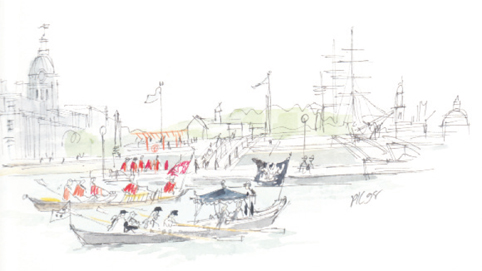
Wake Up, London!
For Londoners on both North and South Banks, the water of our sweet River Thames literally flows through us daily. Also, twice a day, its fierce salty tides sweep in and out of the capital, linking the metropolis constantly to the unpredictability of the estuary, sea and ocean. Today, we tend to take the London River for granted, forgetting that long-term neglect would spell disaster and chaos.
On the southern shore lies a very special jewel Greenwich. Here, marked by the Meridian line of the Royal Observatory on the crest of the hill, is mans agreed base-point for the measurement of time and space. Below is the great horseshoe curve of the River round the Isle of Dogs and the new high-rise offices of Canary Wharf. In the foreground are the gleaming masterpiece buildings of Christopher Wren and John Vanbrugh and the tall masts of the newly-restored Cutty Sark. Beyond and clearly visible to the left, are the dome of St Pauls Cathedral and the new high Shard at London Bridge. To the right lies the white roof of the O2 Arena, and not far beyond, across the River, the 2012 Olympic stadium and village.
Here, close neighbours in Greenwich, Peter Kent and I have lived happily for over 50 years, participating in, writing about and illustrating its daily life and that of the rapidly-changing River. My son, Stephen, has been photographing its treasures and people and visitors for half that period, publishing guidebooks at ten-year intervals and working for ten years in the National Maritime Museum. For all three of us, this book is not so much a formal guidebook as a drawing together of disparate threads, an expression of affection and love to mark the important role of Greenwich and Woolwich in the 2012 London Olympics.
Finally, I offer my own personal assessment of how the London River has changed over the last forty years, and what might lie in store over the next forty.
Paul Tempest, April 2012
The river sweats
Oil and tar
The barges drift
With the turning tide
Red sails
Wide
To leeward, swing on the heavy spar.
The barges wash
Drifting logs
Down Greenwich reach
Past the Isle of Dogs
from The Waste Land: Section III The Fire Sermon (1922)
by TS Eliot (1888-1965)
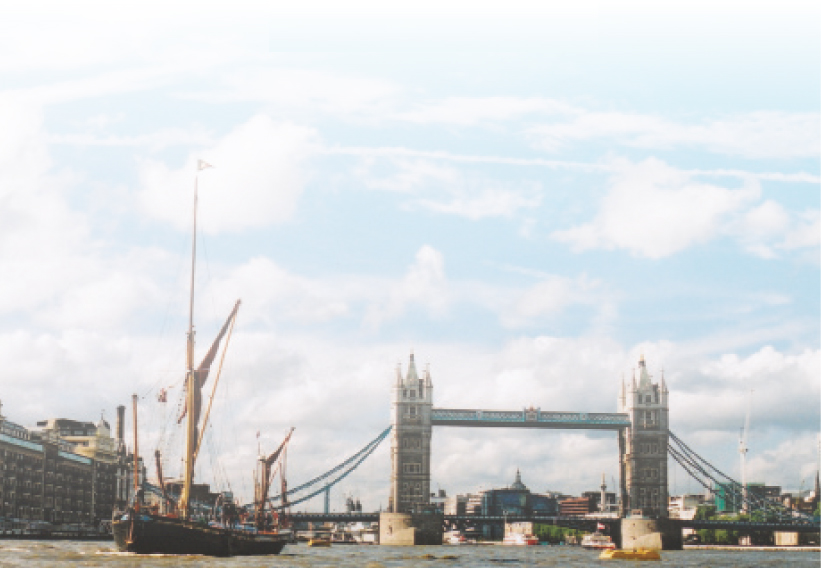

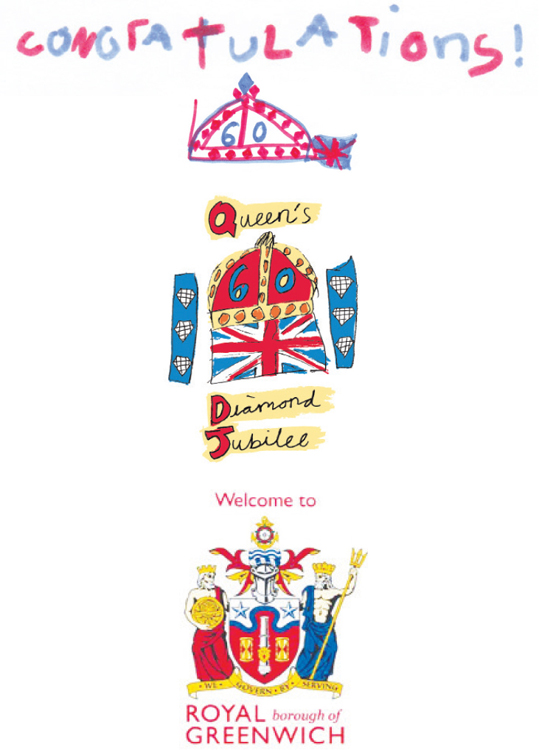
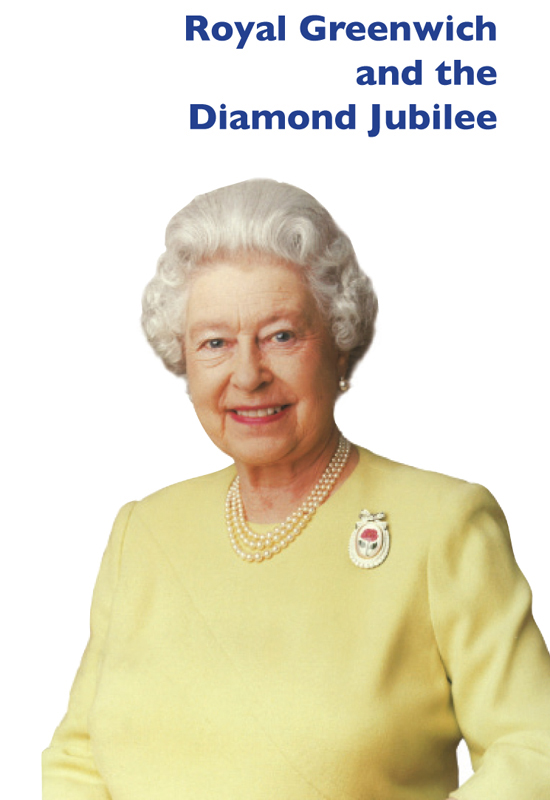
Royal Greenwich and the 2012 Diamond Jubilee
A succession of major events has been planned in 2012 to mark the 60th Anniversary of the reign of HM the Queen

